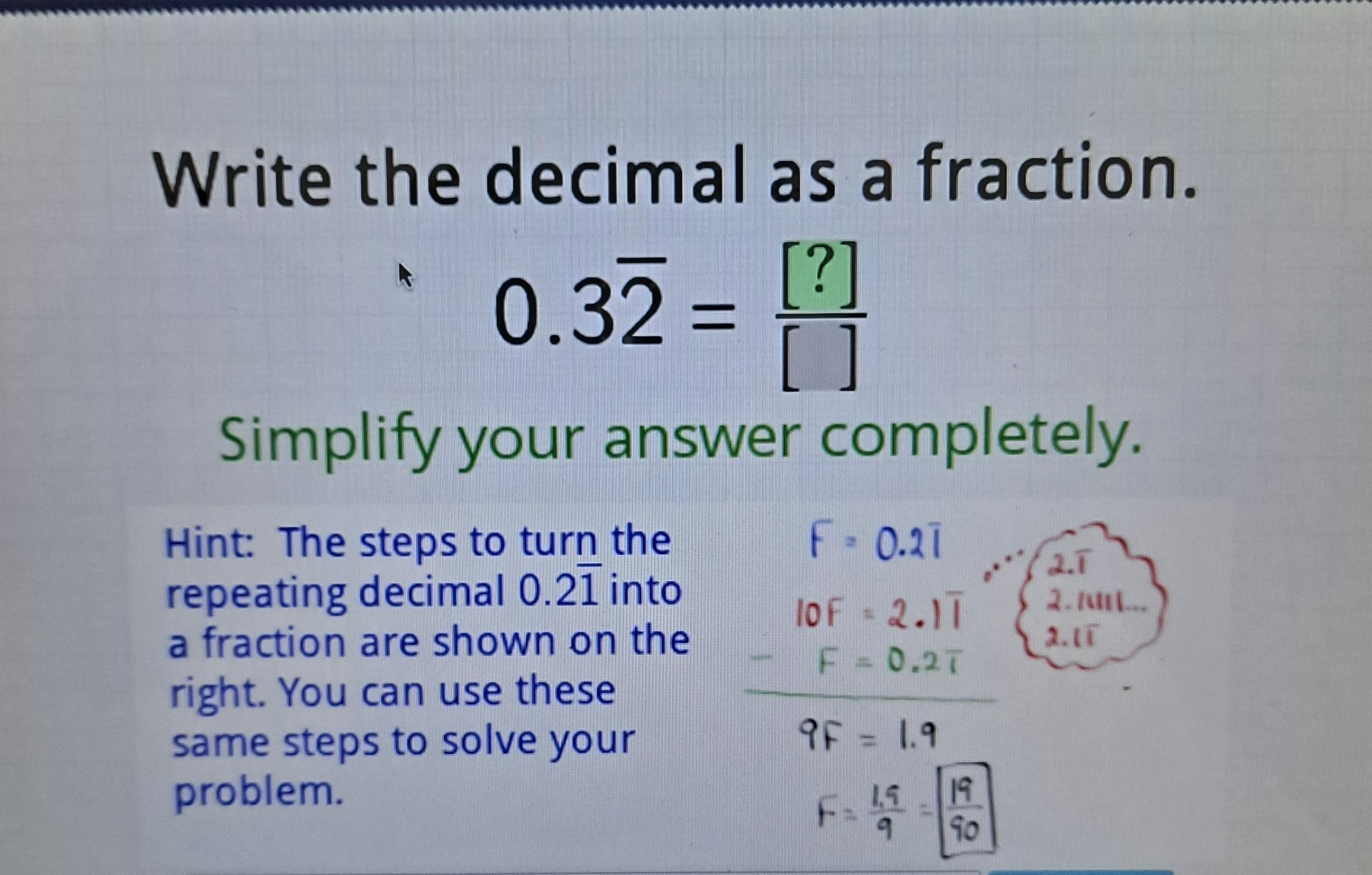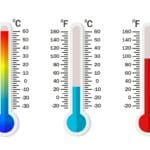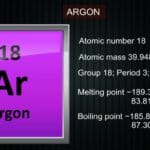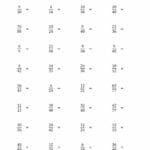This guide explores the conversion of the repeating decimal 0.1666… to its fractional equivalent. We’ll cover different methods, common misconceptions, and practical applications.
Decoding the Repeating Decimal
Repeating decimals, like 0.1666… (often written as 0.1̅6 or 0.16 with a bar or dots over the 6), represent rational numbers that can be expressed as a fraction. This contrasts with terminating decimals, which have a finite number of digits. Understanding this difference is crucial for accurate conversions. If you have a ruptured eardrum, you may wonder what side you should sleep on to avoid further damage.
Converting 0.1̅6 to a Fraction: The Algebraic Approach
This method provides a reliable way to convert any repeating decimal to a fraction.
Assign a Variable: Let x represent the repeating decimal: x = 0.1666…
Multiply by 10: Since only one digit repeats, multiply both sides of the equation by 10: 10x = 1.6666…
Subtract the Original Equation: Subtract the first equation from the second:
“`
10x = 1.6666…
– x = 0.1666…
9x = 1.5
“`
Solve for x: Divide both sides by 9: x = 1.5/9
Simplify: Multiply both numerator and denominator by 10 to remove the decimal: x = 15/90. Then, simplify the fraction by dividing by the greatest common divisor (15): x = 1/6.
The Shortcut Method: Understanding its Limitations
For purely repeating decimals (e.g., 0.333…), a shortcut exists: place the repeating part (3) over a number of nines equal to the number of repeating digits (one in this case): 0.333… = 3/9 = 1/3.
However, this shortcut isn’t directly applicable to 0.1666… because the ‘1’ doesn’t repeat. Attempting the shortcut would incorrectly suggest 6/9 or 2/3. The algebraic method remains the most reliable approach for decimals like this. Also, if you are facing a temperature of 19 degrees, you may want to know the conversion to Celsius by clicking on 19 Fahrenheit to Celsius.
Why Fractions Matter
While decimals are common, fractions offer several advantages:
- Precision: Fractions represent exact values, whereas repeating decimals often require rounding, leading to potential inaccuracies in calculations.
- Clarity: Fractions can reveal underlying relationships between numbers more clearly than their decimal counterparts. For instance, 1/6 clearly shows the relationship to one-half (1/2) and one-third (1/3).
- Simplified Calculations: In some calculations, especially those involving division or multiplication of fractions, using the fractional form can simplify the process.
Addressing 0.16 and Other Related Decimals
0.16: A Rounded Approximation
0.16 is simply a rounded version of 0.1666…, making 1/6 its closest fractional equivalent. The difference between 0.16 and 0.1666… might seem small, but in precise applications, this distinction can be significant.
0.161616…: A Different Repeating Decimal
The decimal 0.161616… (0.1̅6) is a different repeating decimal altogether. Using the algebraic approach (multiplying by 100 this time since “16” is the repeating part), we find its fractional equivalent is 16/99.
0.16667: Yet Another Approximation
Similar to 0.16, 0.16667 is another approximation of 1/6, only slightly more precise. It’s crucial to distinguish these approximations from the true repeating decimal 0.1666…
Delving Deeper
Ongoing research in number theory continues to explore the properties of repeating decimals and their relationship to fractions. While the methods presented here are well-established, there may be more nuances to discover. Some experts suggest investigating alternative approaches involving infinite geometric series might provide further insights.
The limitations of current knowledge about number theory prevents us from definitively stating there are no other undiscovered methods or properties related to repeating decimals. This underscores the dynamic nature of mathematics and the potential for future discoveries.
Key Points
- Repeating vs. Terminating Decimals: Repeating decimals represent rational numbers with infinite digits, while terminating decimals have a finite number of digits.
- Algebraic Conversion: The algebraic method provides a reliable way to convert any repeating decimal to a fraction.
- Shortcut Method Limitations: The shortcut (using nines in the denominator) only applies to purely repeating decimals.
- Precision of Fractions: Fractions provide the exact value of repeating decimals, unlike rounded decimal approximations.
By understanding these concepts, you can confidently navigate the world of repeating decimals and their fractional counterparts.
- Discover Long Black Pepper: Flavor & Health Benefits - April 25, 2025
- Shocking Twists: The Grownup Review: Unreliable Narration - April 25, 2025
- A Quiet Place Book vs Movie: A Deep Dive - April 25, 2025

















1 thought on “Converting 0.16 Repeating to a Fraction: A Comprehensive Guide”
Comments are closed.